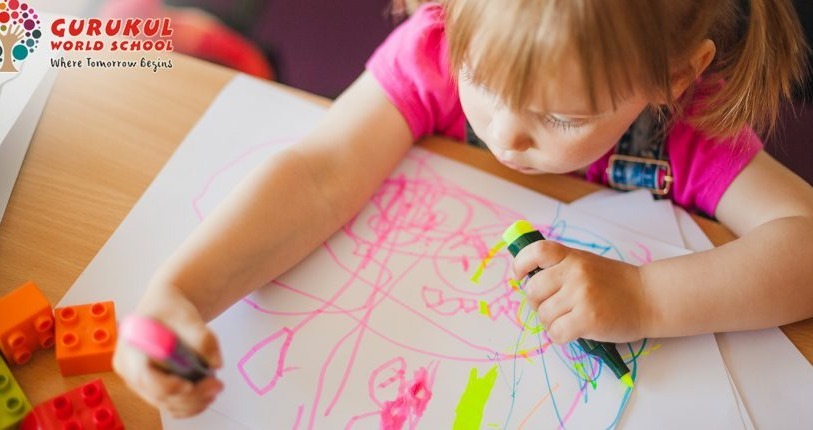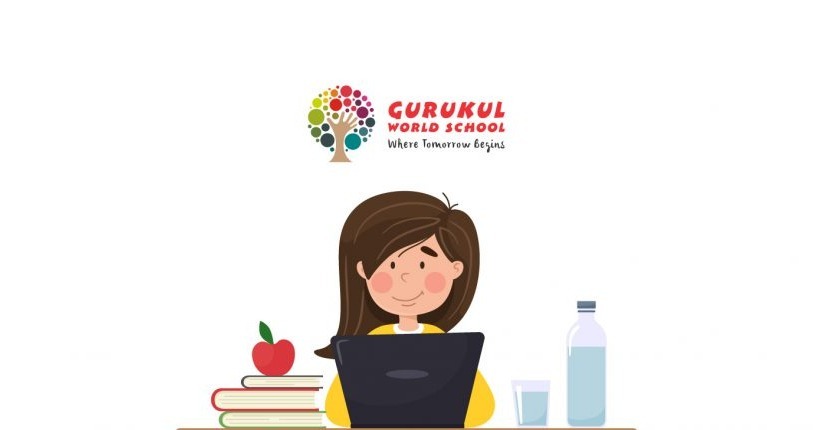Contextual learning, or learning with a context to some experience of the student is the new practical approach to teaching. Rather than asking the children to simply learn from their books, this approach intends to attach a purpose to their path to gaining knowledge.
The traditional system of education wherein the students were simply asked to gather knowledge from the book, ironically, alienated the student from the pursuit of seeking knowledge. Although this is subjective, it still holds for the majority of the students. This, in turn, makes studying an arduous task, thus creating a vicious circle wherein the child drifts further away from learning.
Being one of the top ten schools in Mohali, we believe that telling children to mug up information without giving any context to the practical world takes the learning out of education, and fails to inculcate the most important aspect of education, which is the acquisition of knowledge.
Eventually, it hampers students’ curiosity and makes studying a herculean task that they would rather avoid.
What is Contextual Learning?
Contextual learning lets students relate all the facts and figures they learn to something in the practical world. The children are encouraged to come up with their inputs, which further enhances their involvement and interest in learning. Moreover, this teaches the students to apply what they learn in a real-life scenario.
Since it is based on practicality, it becomes possible to make complex learning easier to understand.
When students inculcate the habit of applying what they learn in the classroom to real-life situations, they can enjoy what they learn, and most importantly they can realize their hidden talents early. They get to know what they like which helps them to decide the career path they want to choose.
Integrated Learning
Integrated learning or theme-based learning recognizes the fact all subjects are interrelated. Rather than having the students learn separate subjects with no correlation with each other, an integrated curriculum has a holistic approach wherein the students are taught everything concerning each other.
For instance, if the theme of the week is animals, then the children will be made to count animals in their Mathematics lesson. They will be taught interesting facts about animals in General Knowledge, a story about animals for their English class, and so on.
Thus, there are no restrictions imposed by subject boundaries. This type of learning helps children have comprehensive knowledge on diverse subjects.
This program also incorporates investigative techniques and technology. It also understands the need to involve the children’s families in their ward’s learning progress, thereby learning more about how the children are responding to the learning.
Integration acknowledges and builds on the relationships which exist among all things.
According to Mogens Jensen, “The brain learns best in real-life, immersion-style multi-path learning…fragmented, piecemeal presenting can forever kill the joy and love of learning”. The more connections made by the brain, the greater the opportunity for making high-level inferences.
Integrated learning helps students to have a deeper understanding of concepts and they develop a liking for all subjects.
Conclusion
Contextual and integrated learning in schools is the only way forward. It is a superior method and has numerous advantages to traditional methods of learning.
Gurukul World School, the best school in Mohali, has adopted the latest teaching methods to ensure the holistic development of the children




